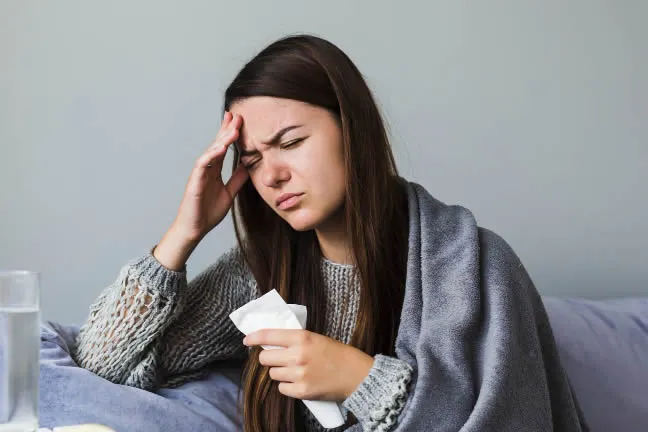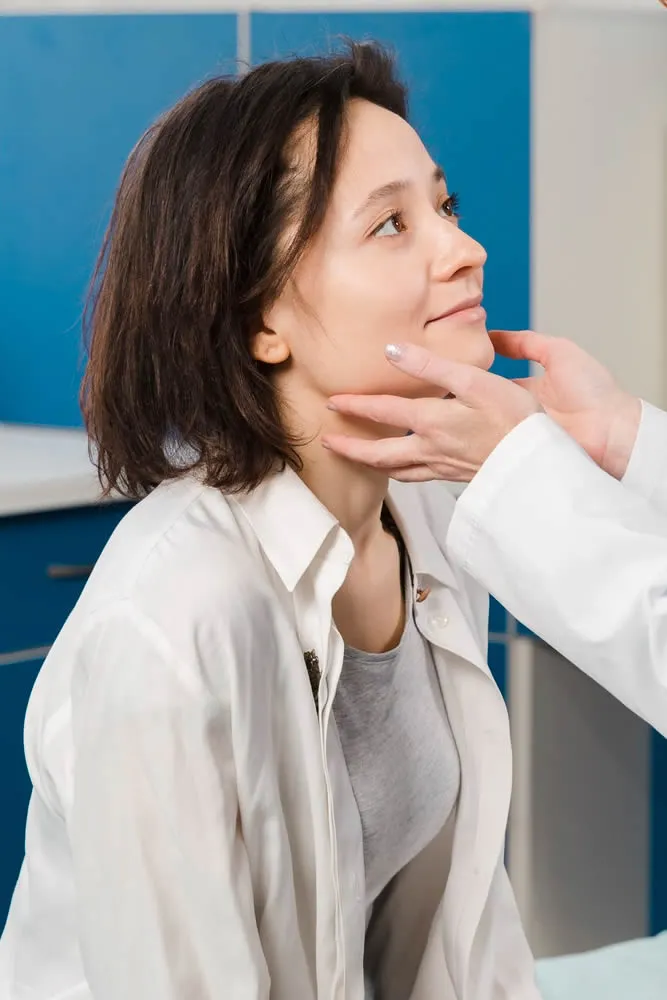Stevens-Johnson Syndrome
- What is Stevens-Johnson Syndrome?
- What are the signs and symptoms of Stevens-Johnson Syndrome?
- What are the causes of Stevens-Johnson Syndrome?
- What treatments are available at the dermatologist for Stevens-Johnson Syndrome?
- Complications and prognosis of Stevens-Johnson Syndrome
- Genetic factors and Stevens-Johnson Syndrome
- FAQ

What is Stevens-Johnson Syndrome?
Stevens-Johnson syndrome is a rare and serious condition that affects the skin and mucous membranes. It can be caused by certain medications or infections, and it requires immediate medical attention. It starts with flu-like symptoms, followed by a painful rash that spreads and blisters.

What are the signs and symptoms of Stevens-Johnson Syndrome?
Some of the signs and symptoms of Stevens-Johnson syndrome are:
- Fever, sore throat, cough, and fatigue
- Skin pain and red or purple rash that spreads
- Blisters on the skin and the mucous membranes of the mouth, nose, eyes, genitals, and anus
- Shedding of skin within days after blisters form
- Drooling, eye swelling, and painful urination
What are the causes of Stevens-Johnson Syndrome?
The causes of Stevens-Johnson syndrome are usually related to an allergic reaction to a medication or an infection. Almost any drug can result in Stevens-Johnson syndrome, but some of the most common ones are:
- Anti-gout medications, such as allopurinol
- Medications to treat seizures and mental illness (anticonvulsants and antipsychotics)
- Antibacterial sulfonamides (including sulfasalazine)
- Nevirapine (Viramune, Viramune XR)
- Pain relievers, such as acetaminophen (Tylenol, others), ibuprofen (Advil, Motrin IB, others) and naproxen sodium (Aleve)
What treatments are available at the dermatologist for Stevens-Johnson Syndrome?
Some of the treatments that are available at the dermatologist for Stevens-Johnson syndrome are:
- Stopping the medication that has caused the problem.
- Replacing electrolytes with intravenous (IV) fluids.
- Using non-adhesive dressings on the affected skin.
- Using high-calorie food, possibly by tube-feeding, to promote healing.
- Applying medication to reduce inflammation of the eyes and mucous membranes (topical steroids).
- Taking antibiotics to control infection, when needed.
- Taking pain medication to reduce discomfort.

FAQ About Stevens-Johnson Syndrome
How is Stevens-Johnson syndrome diagnosed?
SJS is diagnosed based on the clinical signs and symptoms, the history of medication use or infection, and sometimes a skin biopsy to confirm the diagnosis.
Is Stevens-Johnson syndrome contagious?
No, SJS is not contagious. It is not caused by a virus or bacteria that can be transmitted from person to person. However, some of the infections that can trigger SJS, such as herpes or pneumonia, may be contagious.
Is Stevens-Johnson syndrome hereditary?
No, SJS is not directly hereditary, meaning it is not passed down from parents to children. However, some people may have genetic variations that make them more susceptible to SJS, especially if they are exposed to certain medications or infections that can trigger the condition. One of these genetic variations is related to human leukocyte antigens (HLAs), which are proteins on the surface of cells that help the immune system recognize foreign substances.
How can Stevens-Johnson syndrome be prevented?
SJS can be prevented by avoiding medications that have caused an allergic reaction in you or your family members before.
Is there a dermatologist near me in Venice that offers treatment for Stevens-Johnson Syndrome?
Yes. At our Venice dermatology office we offers treatment for Stevens-Johnson Syndrometo patients from Venice and the surrounding area. Contact our office today to schedule an appointment.
